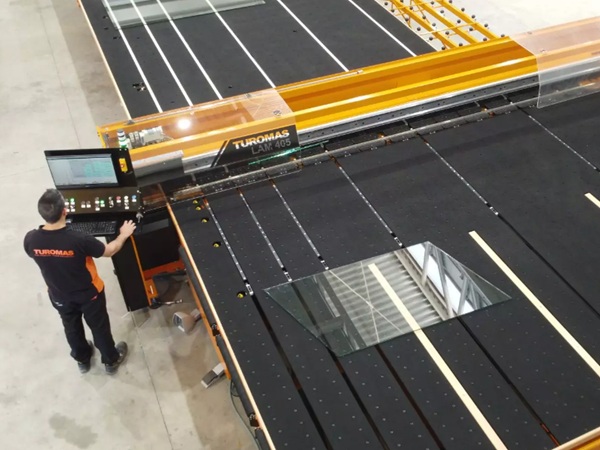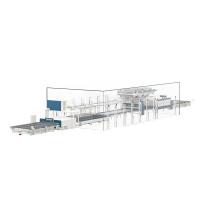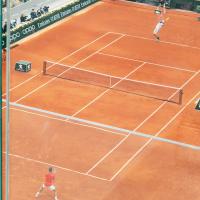Date: 29 January 2002
Despite a slowing US economy, opportunities abound for flat glass products, particularly in the motor vehicle market, where a rebound in automobile production will promote demand for laminated and tempered glass, and in the repair/improvement segment of the construction market, where insulating glass demand will benefit from high energy costs and tighter energy standards. Gains in the value of flat glass demand will benefit from a shift in product mix to higher priced items that feature enhanced characteristics, such as solar control glass. These and other trends are presented in Flat Glass, a new study from The Freedonia Group, Inc., a Cleveland-based industrial market research firm.
The construction industry will remain the largest outlet for flat glass, accounting for 56 percent of total demand in 2005. Volume demand in this market will remain favorable due to solid growth in repair and improvement markets. Continuing architectural trends toward homes that are more luxurious as well as more energy efficient will lead to the use of more high end glass (such as solar control glass) in residential settings, benefitting both aggregate flat glass value and volume demand.
Nonresidential construction markets, which were quite weak for most of the 1990s, will benefit from some easing in federal, state and municipal budgetary constraints, but will be limited by a softening in the glass-intensive office and commercial segment.
Motor vehicles will offer the flat glass market’ s most rapid gains, reflecting increasing US light vehicle production. The production of larger vehicles (e.g., pickup trucks, sport utility vehicles and minivans), which will continue to account for over half of all vehicles produced, will benefit glass usage per vehicle since these larger vehicles have greater glass requirements than passenger cars. Favorable gains in the production of heavy trucks and buses will also promote flat glass demand.
Competition among the various flat glass products (tempered, insulating, laminated, unfabricated, and other) is intensifying, primarily due to manufacturer and consumer demand for glass with value added, enhanced functional performance characteristics. Unfabricated flat glass, for example, continues to be displaced by products featuring better solar control and safety characteristics, such as low-emissivity, insulating and laminated types. In addition, the US flat glass market faces challenges from glass alternatives through the next five to ten years. For example, polycarbonate is being researched as a viable option in the replacement of tempered flat glass in automotive side windows, as well as aircraft applications.



































Add new comment